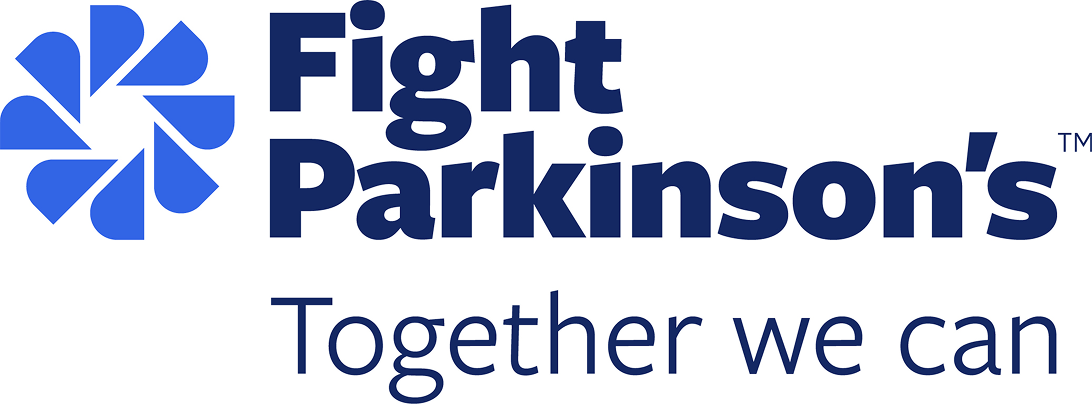Slowness of movement (bradykinesia) and muscle stiffness (rigidity) are both typical motor symptoms of Parkinson’s.
Everybody with Parkinson’s bradykinesia
Bradykinesia, or slowness of movement, is one of the main symptoms of Parkinson’s. This means it takes more time and effort for a person to complete daily tasks, which can result in fatigue.
When experiencing slowness of movement, a person with Parkinson’s may notice the following:
- Lack of spontaneous activity e.g. arm swing diminishes
- Fine motor coordination is reduced e.g. handwriting becomes smaller
- Changes in walking such as short, shuffling steps
- Episodes of freezing or periods of immobility
- Difficulty turning over in bed or rising from a chair
- It takes longer to do things.
Managing bradykinesia
Some people with Parkinson’s find physiotherapy helps to improve their symptoms. A physiotherapist can recommend exercises and techniques to help with mobility.
Medications for Parkinson’s can also help improve movement and reduce slowness.
Parkinson’s and rigidity
Rigidity or stiff or inflexible muscles is one of the main symptoms of Parkinson’s, alongside tremor and slowness of movement. Not everyone will experience all of these symptoms.
In Parkinson’s, rigidity in a person is often most noticeable when they move a joint through a circular movement. The movement often feels as if the joint is moving through a number of cogs, known as ‘cogwheel rigidity’.
Some people also experience a constant resistance to motion throughout the entire range of movement, known as ‘lead pipe rigidity’.
Rigidity can stop muscles from stretching and relaxing. It can cause:
- Stiff muscles
- Inflexible muscles
- Pain and muscle cramps
- Fixed ‘mask-like’ facial expression
- Inability to swing arm or arms when walking
- Difficulties getting out of chairs, turning over in bed and turning around
- Difficulties with fine movements such as writing or doing up buttons
- Postural change
- Fatigue.
Managing rigidity
Consult your GP or specialist for medications that can help with rigidity.
Useful tips
Below are tips for avoiding postural hypotension:
- Regular exercise and stretching
Can help you to strengthen muscles and improve flexibility and mobility - Physiotherapy
May help with muscle cramps treatment - Speech and language therapy
May help you with exercises to keep facial muscles flexible. Seeing a therapist soon after diagnosis may make treatment more effective, too - Complementary therapies
Acupuncture or taking a magnesium supplement have been helpful for some people in reducing rigidity.
Support for you
- Call the Fight Parkinson’s Information Line on 1800 931 031
- Email: [email protected]
- Speak to your GP or specialist for changes in medication.

